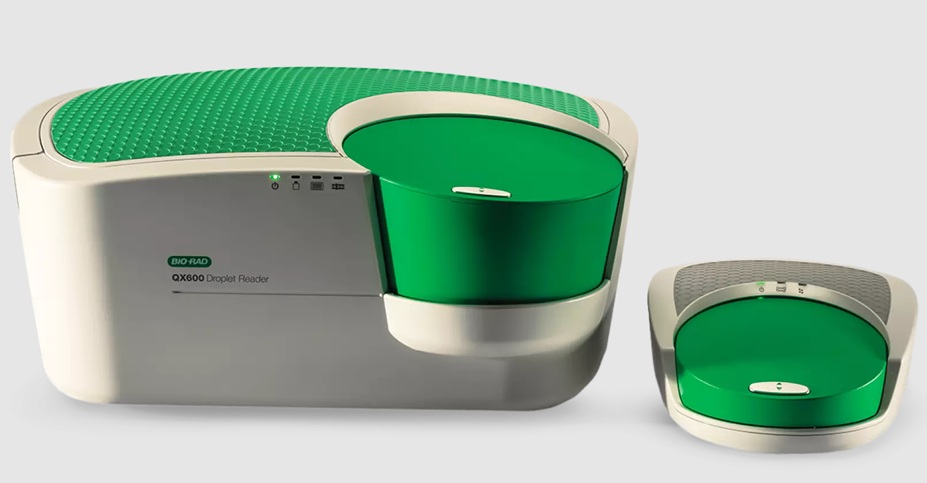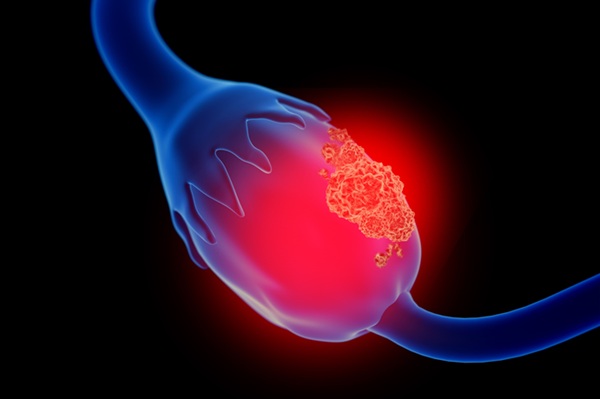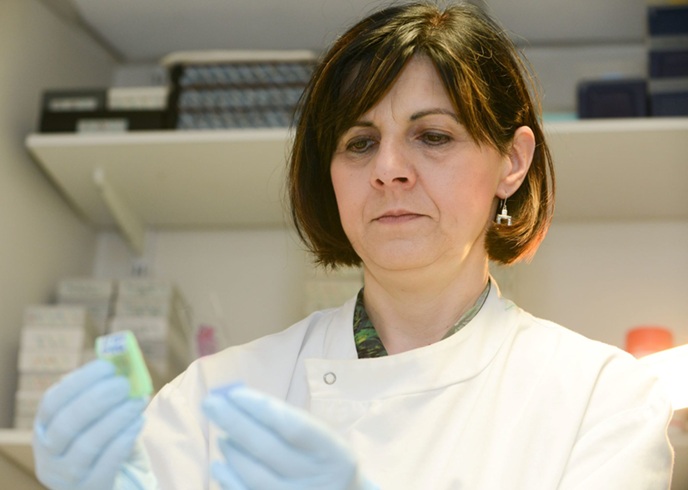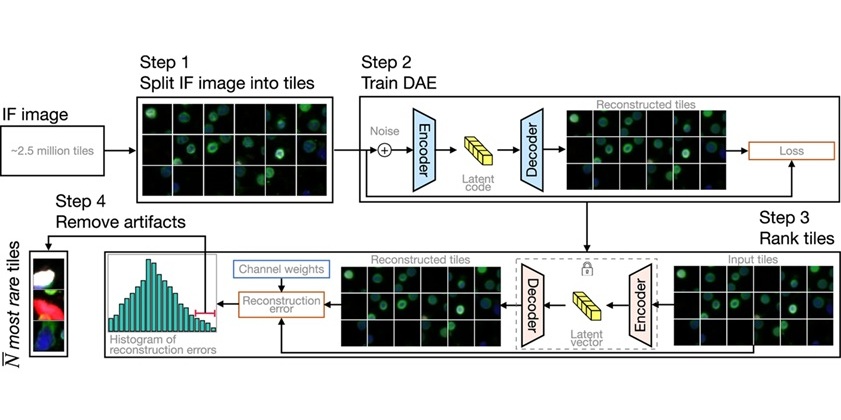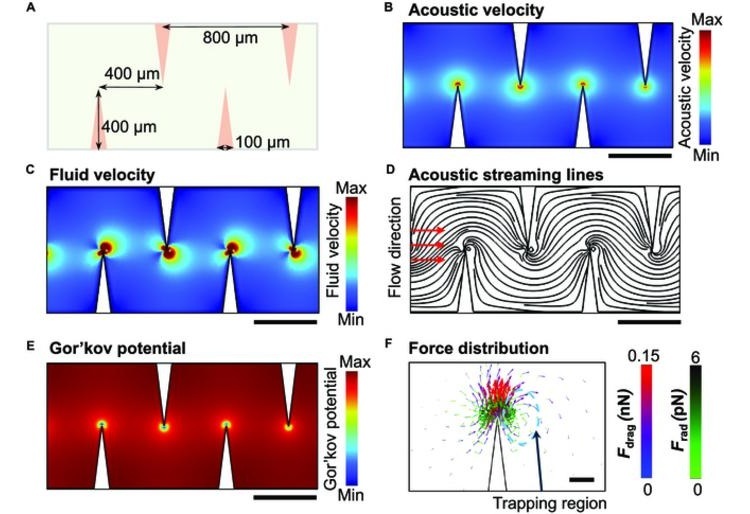Circulating Calprotectin as Biomarker in Neutrophil-Related Inflammation
|
By LabMedica International staff writers Posted on 15 Apr 2021 |

Image: The Phadia 200 instrument is small enough to fit on a benchtop, and yet capable of running the complete menu of more than 700 different ImmunoCAP and EliA tests to aid in the diagnosis of allergy and autoimmune diseases (Photo courtesy of Thermo Fisher Scientific)
Calprotectin (CLP) acts as an endogenous ligand of different cell-surface proteins like Toll-like receptor 4 and receptor of advanced glycation end-products facilitating a local proinflammatory effect. CLP is mostly secreted through an active, calcium-dependent Protein Kinase C (PKC) pathway, next to the passive leakage from necrotic cells and release in neutrophil extracellular traps (NET).
Since CLP is released at the local site of inflammation, CLP plasma levels have been suggested to be a biomarker that reflects local disease activity in inflammatory diseases, in contrast to conventional acute-phase proteins such as C-reactive protein (CRP), which are mainly produced by hepatocytes after non-specific, systemic inflammatory activity. In addition to mirroring local inflammation processes, CLP is relatively stable and easily measurable in blood.
Biomedical Scientists at the Onze-Lieve-Vrouw Hospital (OLV, Aalst, Belgium) and their colleagues established reference values for 100 healthy volunteers (median age [range] = 42 years [21–64]; 58% female). At time of sampling, all healthy volunteers had no physical complaints and had CRP levels of less than 5.0 mg/L. To evaluate pre-analytical conditions, four rheumatoid arthritis (RA) patients (age = 60 years [56–73]; 50% female) with active disease, median CRP 14.2 mg/L (range = 2.7–73.3 mg/L)] were included.
Circulating CLP was measured in serum and plasma with the EliA Calprotectin 2 assay, a sandwich-principle-based fluoro-enzyme-immunoassay (FEIA) on the Phadia 200 instrument (serum/plasma protocol, Thermo Fisher Scientific, Freiburg, Germany), which uses monoclonal mouse anti-calprotectin antibodies highly specific for calprotectin’s heterodimeric complexes. Different sample types were investigated: serum with/without gel separator, heparin, EDTA and citrate plasma, pre-centrifugation time (<2 hours, 6 hours, 24 hours), storage condition (2–8 °C, 18–25 °C, 30 °C) and storage time (24 hours, 72 hours, 7 days).
The investigators reported that in healthy controls, baseline CLP concentrations in serum were more than double the concentration in EDTA and citrate plasma (0.909 µg/mL versus 0.259 µg/mL and 0.261 µg/mL respectively). Heparin, EDTA and citrate stabilized CLP concentrations for up to 6 hours before centrifugation, whereas significant increases in CLP levels were observed when serum was left untreated during that time period.
The authors concluded that their data revealed that in both healthy controls and RA patients serum CLP levels are considerably higher in serum than in plasma. The establishment of reference values in healthy controls showed that 95% upper limits were both sample type- and CRP-dependent. Serum tubes need to be centrifuged within two hours and plasma tubes within six hours after blood collection. All investigated sample types can be stored refrigerated (2–8 °C) for up to seven days, at room temperature (18–25 °C) for up to 24 hours, frozen (−20 °C) for up to three months and can have five freeze-thaw cycles without a relevant change in CLP concentration. The study was published on March 6, 2021 in the journal Clinica Chimica Acta.
Related Links:
OLV Hospital
Phadia
Since CLP is released at the local site of inflammation, CLP plasma levels have been suggested to be a biomarker that reflects local disease activity in inflammatory diseases, in contrast to conventional acute-phase proteins such as C-reactive protein (CRP), which are mainly produced by hepatocytes after non-specific, systemic inflammatory activity. In addition to mirroring local inflammation processes, CLP is relatively stable and easily measurable in blood.
Biomedical Scientists at the Onze-Lieve-Vrouw Hospital (OLV, Aalst, Belgium) and their colleagues established reference values for 100 healthy volunteers (median age [range] = 42 years [21–64]; 58% female). At time of sampling, all healthy volunteers had no physical complaints and had CRP levels of less than 5.0 mg/L. To evaluate pre-analytical conditions, four rheumatoid arthritis (RA) patients (age = 60 years [56–73]; 50% female) with active disease, median CRP 14.2 mg/L (range = 2.7–73.3 mg/L)] were included.
Circulating CLP was measured in serum and plasma with the EliA Calprotectin 2 assay, a sandwich-principle-based fluoro-enzyme-immunoassay (FEIA) on the Phadia 200 instrument (serum/plasma protocol, Thermo Fisher Scientific, Freiburg, Germany), which uses monoclonal mouse anti-calprotectin antibodies highly specific for calprotectin’s heterodimeric complexes. Different sample types were investigated: serum with/without gel separator, heparin, EDTA and citrate plasma, pre-centrifugation time (<2 hours, 6 hours, 24 hours), storage condition (2–8 °C, 18–25 °C, 30 °C) and storage time (24 hours, 72 hours, 7 days).
The investigators reported that in healthy controls, baseline CLP concentrations in serum were more than double the concentration in EDTA and citrate plasma (0.909 µg/mL versus 0.259 µg/mL and 0.261 µg/mL respectively). Heparin, EDTA and citrate stabilized CLP concentrations for up to 6 hours before centrifugation, whereas significant increases in CLP levels were observed when serum was left untreated during that time period.
The authors concluded that their data revealed that in both healthy controls and RA patients serum CLP levels are considerably higher in serum than in plasma. The establishment of reference values in healthy controls showed that 95% upper limits were both sample type- and CRP-dependent. Serum tubes need to be centrifuged within two hours and plasma tubes within six hours after blood collection. All investigated sample types can be stored refrigerated (2–8 °C) for up to seven days, at room temperature (18–25 °C) for up to 24 hours, frozen (−20 °C) for up to three months and can have five freeze-thaw cycles without a relevant change in CLP concentration. The study was published on March 6, 2021 in the journal Clinica Chimica Acta.
Related Links:
OLV Hospital
Phadia
Latest Clinical Chem. News
- VOCs Show Promise for Early Multi-Cancer Detection
- Portable Raman Spectroscopy Offers Cost-Effective Kidney Disease Diagnosis at POC
- Gold Nanoparticles to Improve Accuracy of Ovarian Cancer Diagnosis
- Simultaneous Cell Isolation Technology Improves Cancer Diagnostic Accuracy
- Simple Non-Invasive Hair-Based Test Could Speed ALS Diagnosis
- Paper Strip Saliva Test Detects Elevated Uric Acid Levels Without Blood Draws
- Prostate Cancer Markers Based on Chemical Make-Up of Calcifications to Speed Up Detection
- Breath Test Could Help Detect Blood Cancers
- ML-Powered Gas Sensors to Detect Pathogens and AMR at POC
- Saliva-Based Cancer Detection Technology Eliminates Need for Complex Sample Preparation
- Skin Swabs Could Detect Parkinson’s Years Before Symptoms Appear
- New Clinical Chemistry Analyzer Designed to Meet Growing Demands of Modern Labs

- New Reference Measurement Procedure Standardizes Nucleic Acid Amplification Test Results
- Pen-Like Tool Quickly and Non-Invasively Detects Opioids from Skin
- Simple Urine Test Could Detect Multiple Cancers at Early Stage
- Earwax Test Accurately Detects Parkinson’s by Identifying Odor Molecules
Channels
Molecular Diagnostics
view channel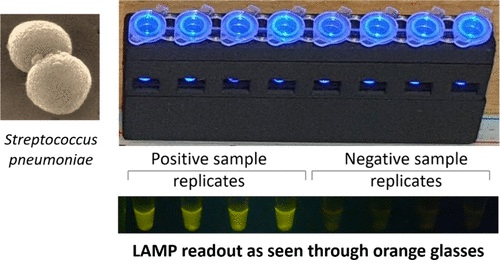
New Diagnostic Method Detects Pneumonia at POC in Low-Resource Settings
Pneumonia continues to be one of the leading causes of death in low- and middle-income countries, where limited access to advanced laboratory infrastructure hampers early and accurate diagnosis.... Read more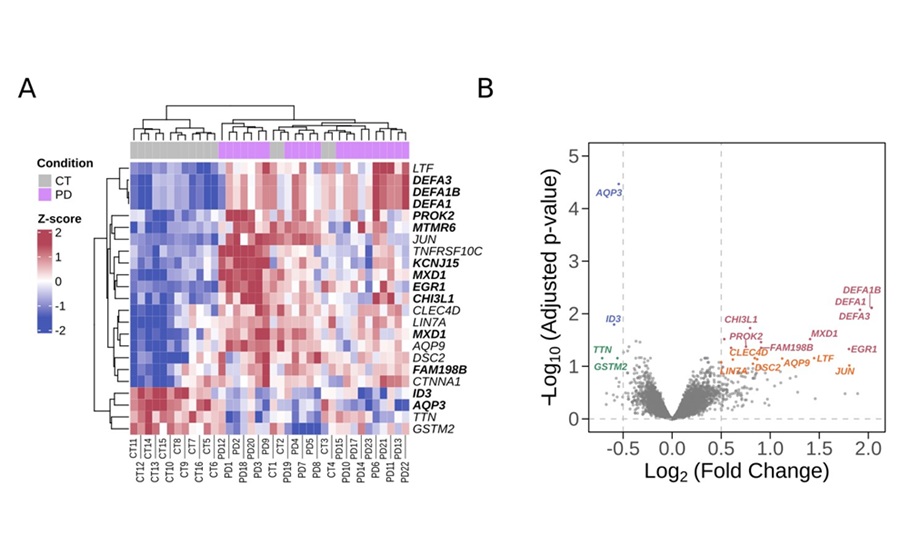
Blood Immune Cell Analysis Detects Parkinson’s Before Symptoms Appear
Early diagnosis of Parkinson’s disease remains one of the greatest challenges in neurology. The condition, which affects nearly 12 million people globally, is typically identified only after significant... Read moreHematology
view channel
ADLM’s New Coagulation Testing Guidance to Improve Care for Patients on Blood Thinners
Direct oral anticoagulants (DOACs) are one of the most common types of blood thinners. Patients take them to prevent a host of complications that could arise from blood clotting, including stroke, deep... Read more
Viscoelastic Testing Could Improve Treatment of Maternal Hemorrhage
Postpartum hemorrhage, severe bleeding after childbirth, remains one of the leading causes of maternal mortality worldwide, yet many of these deaths are preventable. Standard care can be hindered by delays... Read more
Pioneering Model Measures Radiation Exposure in Blood for Precise Cancer Treatments
Scientists have long focused on protecting organs near tumors during radiotherapy, but blood — a vital, circulating tissue — has largely been excluded from dose calculations. Each blood cell passing through... Read moreImmunology
view channel
Blood-Based Liquid Biopsy Model Analyzes Immunotherapy Effectiveness
Immunotherapy has revolutionized cancer care by harnessing the immune system to fight tumors, yet predicting who will benefit remains a major challenge. Many patients undergo costly and taxing treatment... Read more
Signature Genes Predict T-Cell Expansion in Cancer Immunotherapy
Modern cancer immunotherapies rely on the ability of CD8⁺ T cells to rapidly multiply within tumors, generating the immune force needed to eliminate cancer cells. However, the biological triggers behind... Read moreMicrobiology
view channel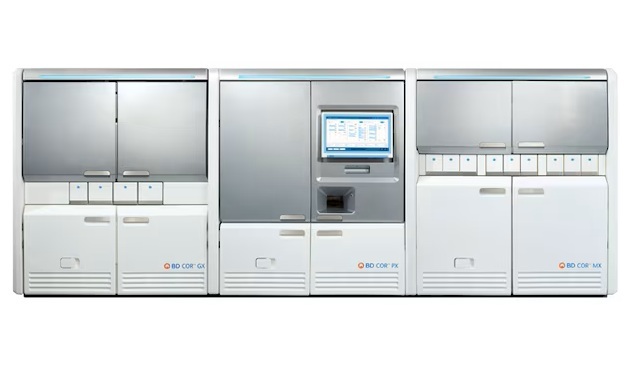
High-Throughput Enteric Panels Detect Multiple GI Bacterial Infections from Single Stool Swab Sample
Gastrointestinal (GI) infections are among the most common causes of illness worldwide, leading to over 1.7 million deaths annually and placing a heavy burden on healthcare systems. Conventional diagnostic... Read more
Fast Noninvasive Bedside Test Uses Sugar Fingerprint to Detect Fungal Infections
Candida bloodstream infections are a growing global health threat, causing an estimated 6 million cases and 3.8 million deaths annually. Hospitals are particularly vulnerable, as weakened patients after... Read morePathology
view channel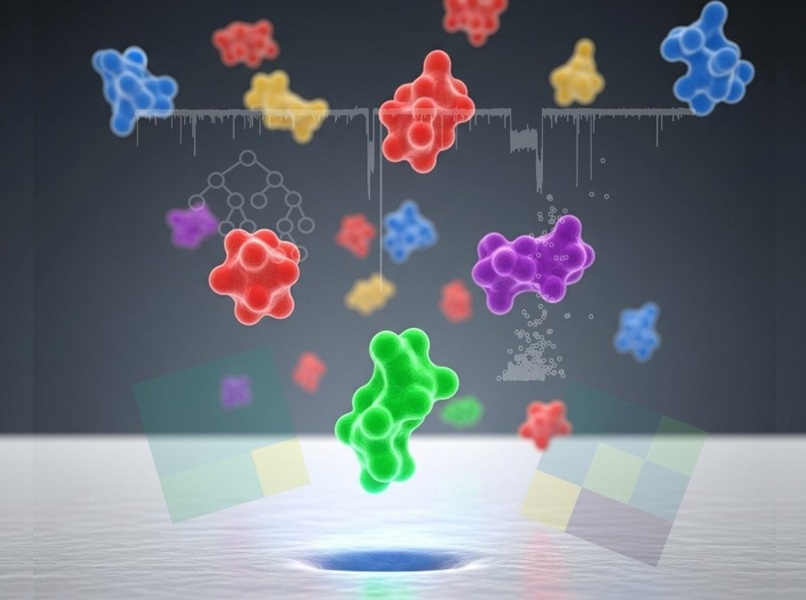
New Molecular Analysis Tool to Improve Disease Diagnosis
Accurately distinguishing between similar biomolecules such as proteins is vital for biomedical research and diagnostics, yet existing analytical tools often fail to detect subtle structural or compositional... Read more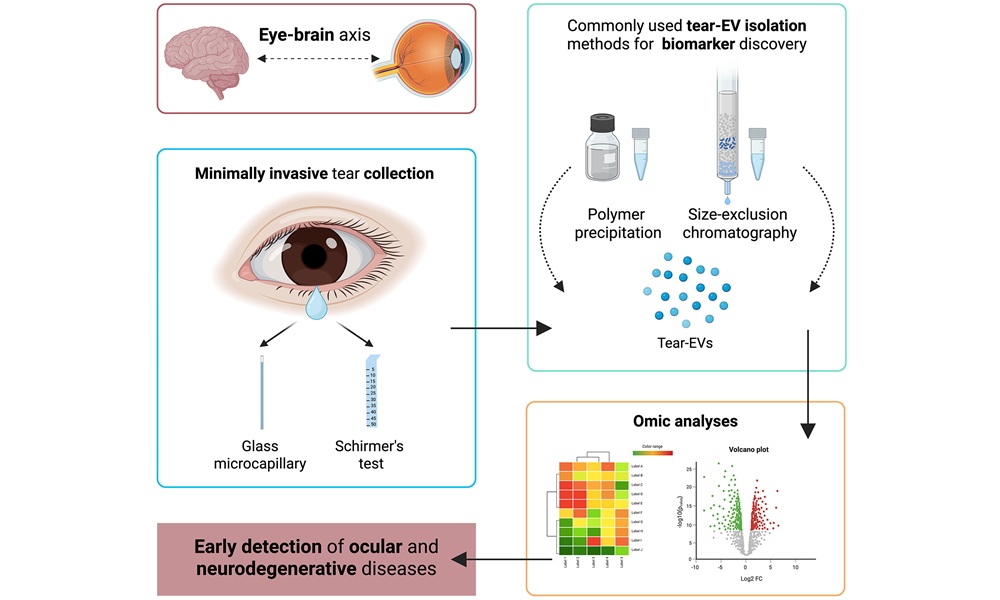
Tears Offer Noninvasive Alternative for Diagnosing Neurodegenerative Diseases
Diagnosing and monitoring eye and neurodegenerative diseases often requires invasive procedures to access ocular fluids. Ocular fluids like aqueous humor and vitreous humor contain valuable molecular information... Read moreTechnology
view channel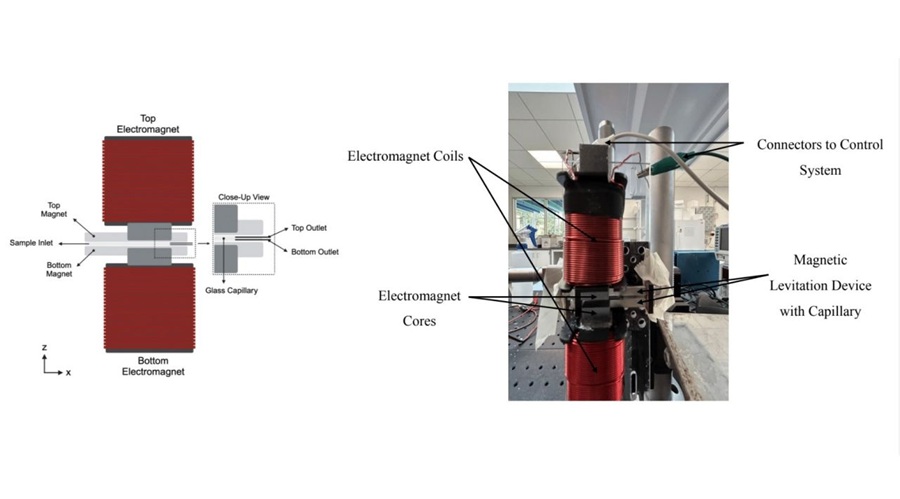
Cell-Sorting Device Uses Electromagnetic Levitation to Precisely Direct Cell Movement
Sorting different cell types—such as cancerous versus healthy or live versus dead cells—is a critical task in biology and medicine. However, conventional methods often require labeling, chemical exposure,... Read more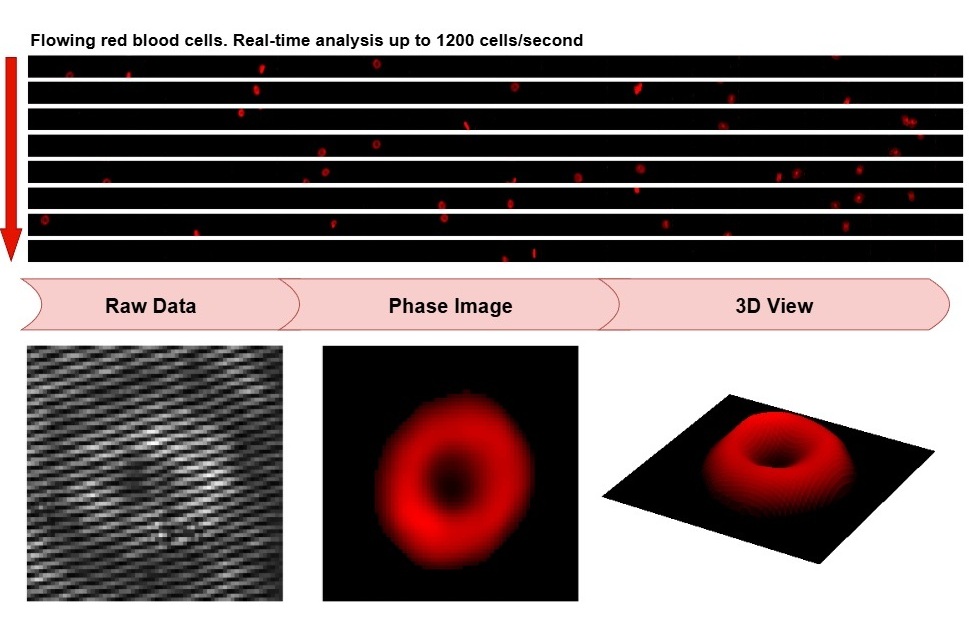
Embedded GPU Platform Enables Rapid Blood Profiling for POC Diagnostics
Blood tests remain a cornerstone of medical diagnostics, but traditional imaging and analysis methods can be slow, costly, and reliant on dyes or contrast agents. Now, scientists have developed a real-time,... Read moreIndustry
view channel
Qiagen Acquires Single-Cell Omics Firm Parse Biosciences
QIAGEN (Venlo, Netherlands) has entered into a definitive agreement to fully acquire Parse Biosciences (Seattle, WA, USA), a provider of scalable, instrument-free solutions for single-cell research.... Read more
Puritan Medical Products Showcasing Innovation at AMP2025 in Boston
Puritan Medical Products (Guilford, ME, USA), the world’s most trusted manufacturer of swabs and specimen collection devices, is set to exhibit at AMP2025 in Boston, Massachusetts, from November 11–15.... Read more
Advanced Instruments Merged Under Nova Biomedical Name
Advanced Instruments (Norwood, MA, USA) and Nova Biomedical (Waltham, MA, USA) are now officially doing business under a single, unified brand. This transformation is expected to deliver greater value... Read more